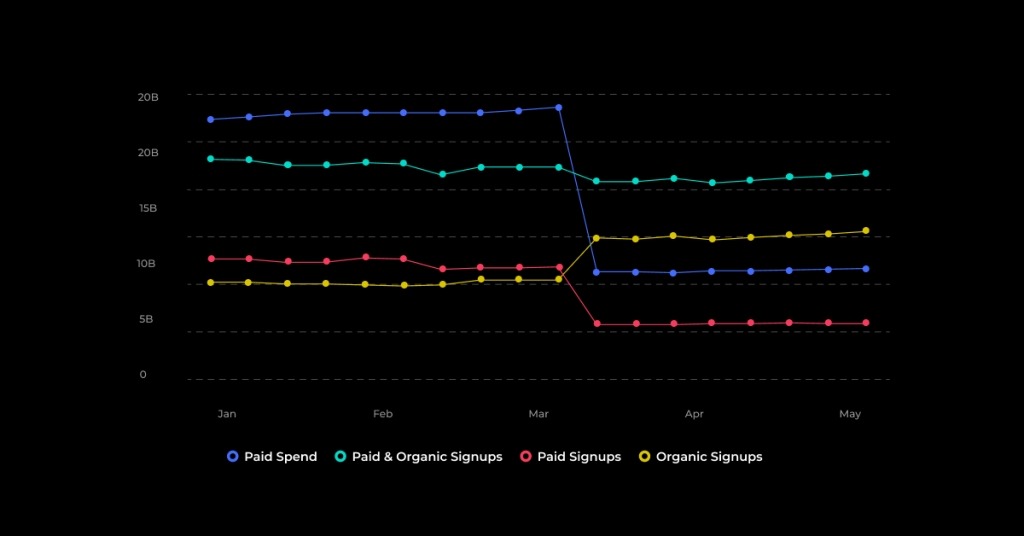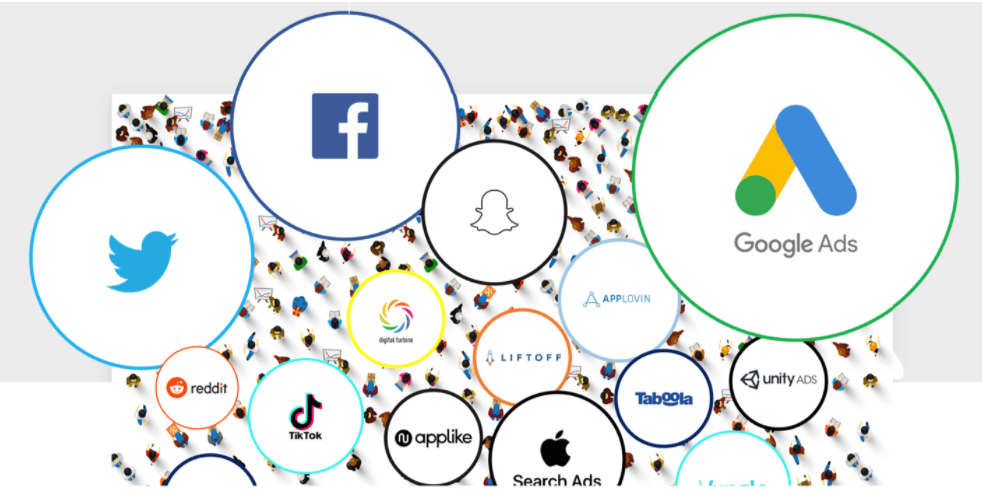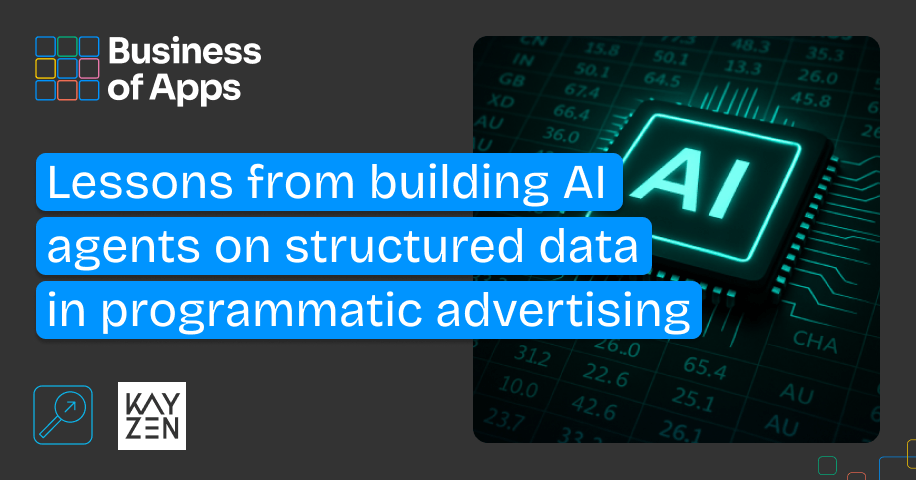Advertising is used as means to an end, as said by David Ogilvy, one of the creative masterminds in advertising history: “When I write an advertisement, I don’t want you to tell me that you find it ‘creative.’ I want you to find it so interesting that you buy the product”. Paid advertising has three primary objectives:
- Informing users about a product
- Persuading them to use it
- Reminding them of the existence of the product
The tragic irony of paid advertising is that if paid advertising will achieve its objective, it would make itself almost completely redundant in the process. Coca-Cola, Apple, Amazon, Google, Candy Crush, UBER and many of the household brands you know are in no need to continue informing users about their core product. They may need to continue reminding us as consumers about the existence of the product, but Uber created an earthquake in the advertising community when the company found that 80% of their performance marketing spend was redundant. Armed with the most advanced technologies for tracking, attribution, and analytics – Uber found that for months they were spending millions of dollars believing these are generating new customers, only to find that the same number of new customers are downloading their app and using their product while spending only 20% of the advertising budgets they used to spend.

Performance marketing is a paradoxical term
The digital advertising space offered marketers the holy grail of advertising capabilities – being able to track and attribute user actions such as installs to the ad vendor or media platform that showed user ads. Ad platforms become inherently incentivized to target users that are more likely to convert than others. Only very few advertising platforms truly offer customers control over the method by which aspects such as targeting, and attribution are handled. Kayzen is one of the few rare platforms that does just that. The goal of every marketer is to be able to capture and generate incrementality through advertising. Being able to confidently spend x and end up with x+y in additional revenues.
What is incrementality?
Incrementality is a term describing value creation. Incrementality in advertising refers to generating sales results that would not have happened if it was not for the advertising activities. Incrementality measurement is the measurement of the true effectiveness of advertising activities.
Tracking and Attribution allow a simple approach. Tracking is an almost deterministic method where each publisher that displayed the ad a user clicked before the conversion will be tracked as the one causing the conversion to happen. Relying on tracking to conclude that advertising activities are generating marketing incrementality is a recipe for disaster. Tracking always counts in positives. Advertiser spending on a media vendor may likely see impressions, clicks, and conversions being tracked. However, if the conversions being tracked were overlapping with the Advertisers’ own organic new users and causing the advertiser to pay for users that they would have gained organically – tracking data will not show the negative influence.
Incrementality is a relative term. Any ad spend can provide incremental sales results at one point, and be cannibalizing in another. Sales performance for product companies is influenced by various factors, some, out of the company’s own control: seasonality, weather, macroeconomics trends such as the stock market, a global pandemic, the advertising activities and launch of new products by competitor companies, and so on.
Marketing performance is also influenced by marketing activities. Different ad platforms may reach certain unique audiences, however, more likely – ad platform audiences overlap. Most of the users using Google search are also using Facebook. Many of the users visiting YouTube are also using TikTok. Audience overlap is not represented in attribution logic as access to user data is restricted by the mobile operating systems as well as by the publishers who wish to own their proprietary user data.
How does INCRMNTAL measure incrementality?
Measuring the causality of advertising (i.e. incrementality measurement) required us to create millions of time series data for any marketing activity that happened. Every time a customer opened a new channel, campaign, ad group, creative. Each time a budget was increased or decreased. Every bid change and any activities that are worth factoring such as app featuring, app updates, and so on. Our algorithmic model creates a retrospective prediction to measure the influence of each activity and each overlapping activity on one another to create a confidence range and show customers what was the absolute incremental impact of their spend.
About INCRMNTAL
INCRMNTAL is an incrementality testing platform built for the post-privacy world. The platform allows advertisers to measure incrementality without the need to conduct controlled experiments. Integrating with INCRMNTAL can be done through attribution platforms and requires no SDK or code. INCRMNTAL does not need any user-level sensitive data to provide incrementality insights within seconds.




